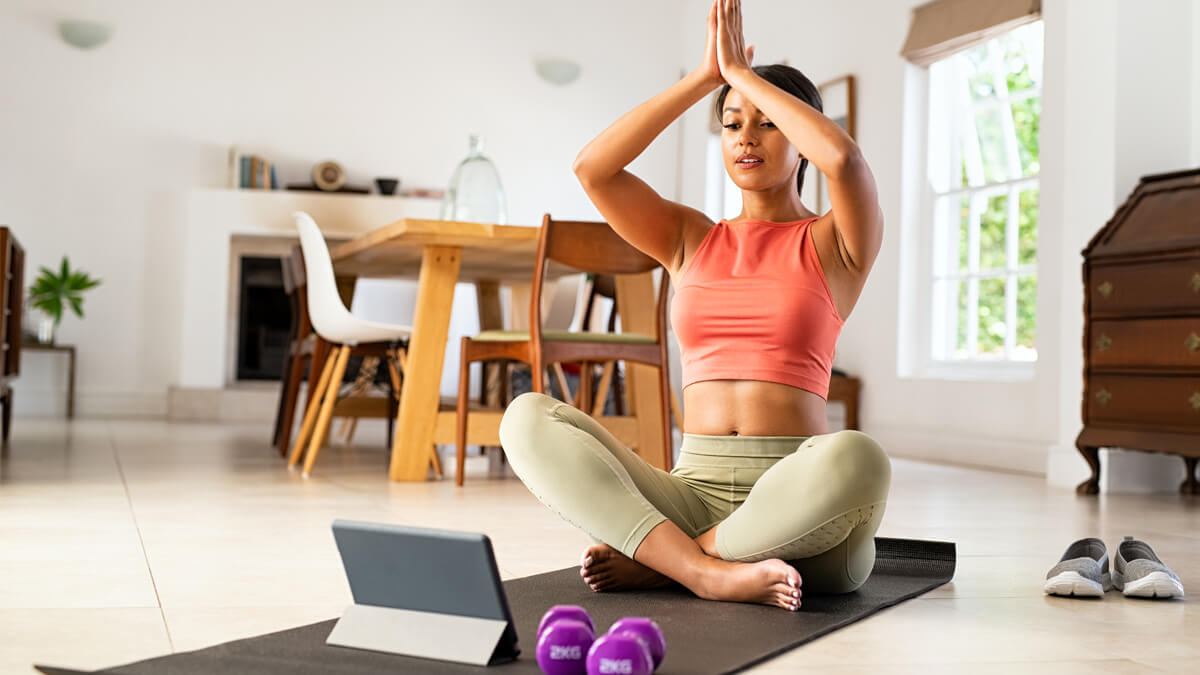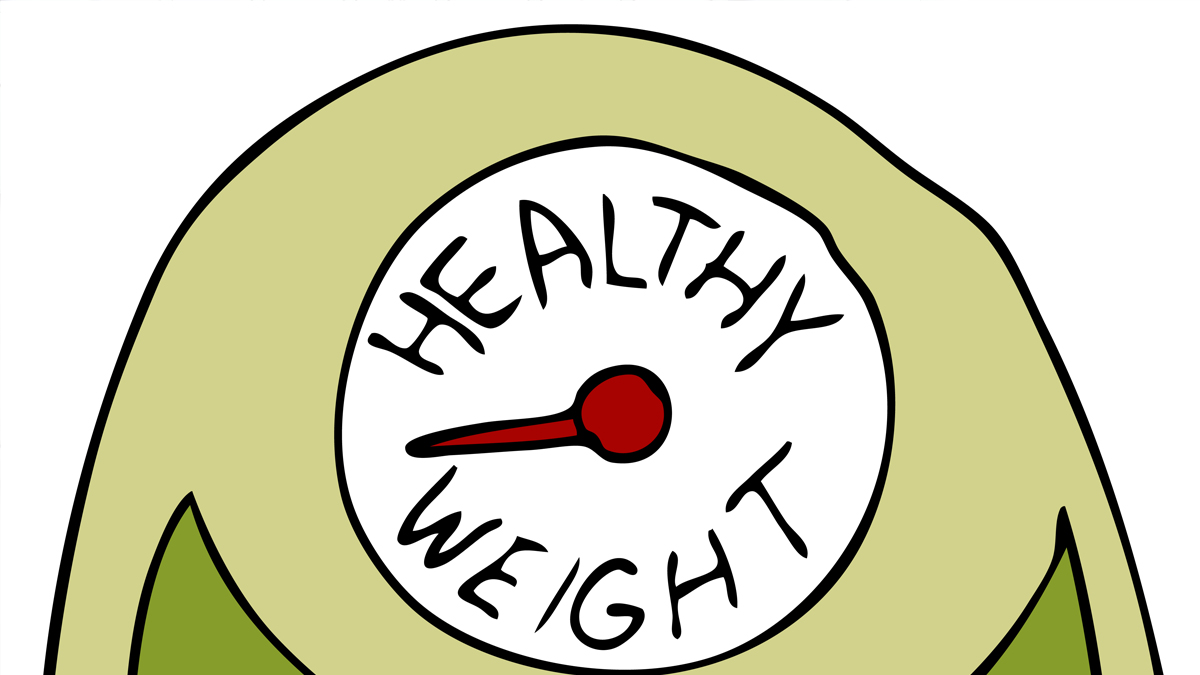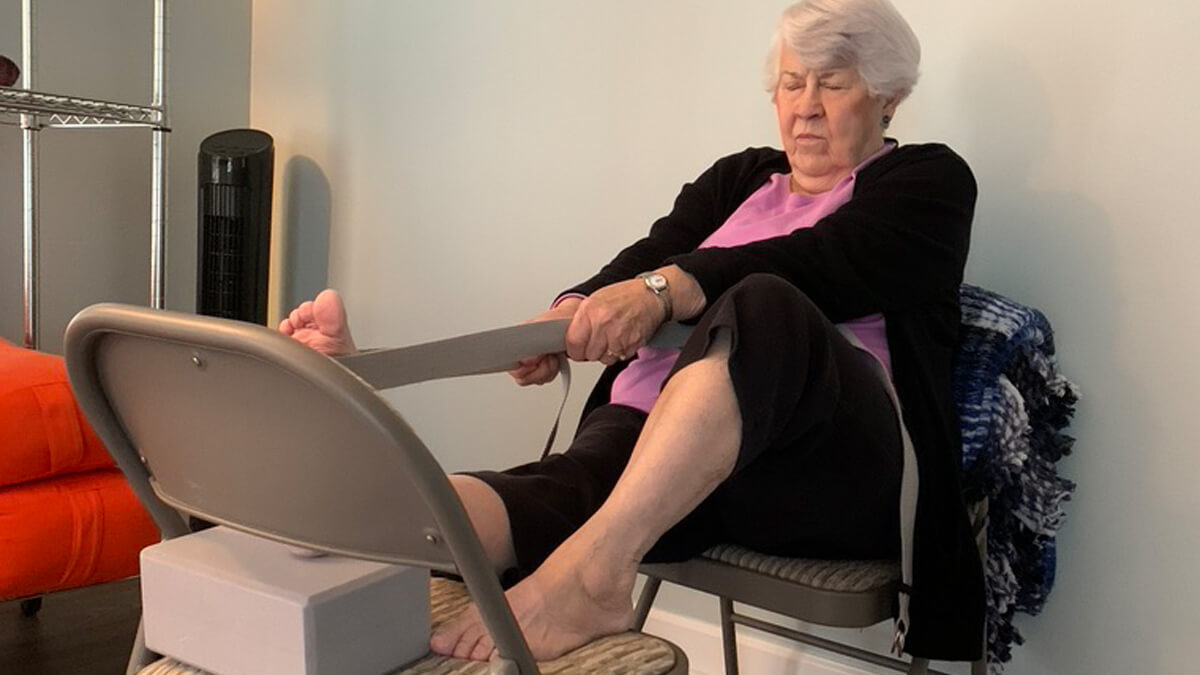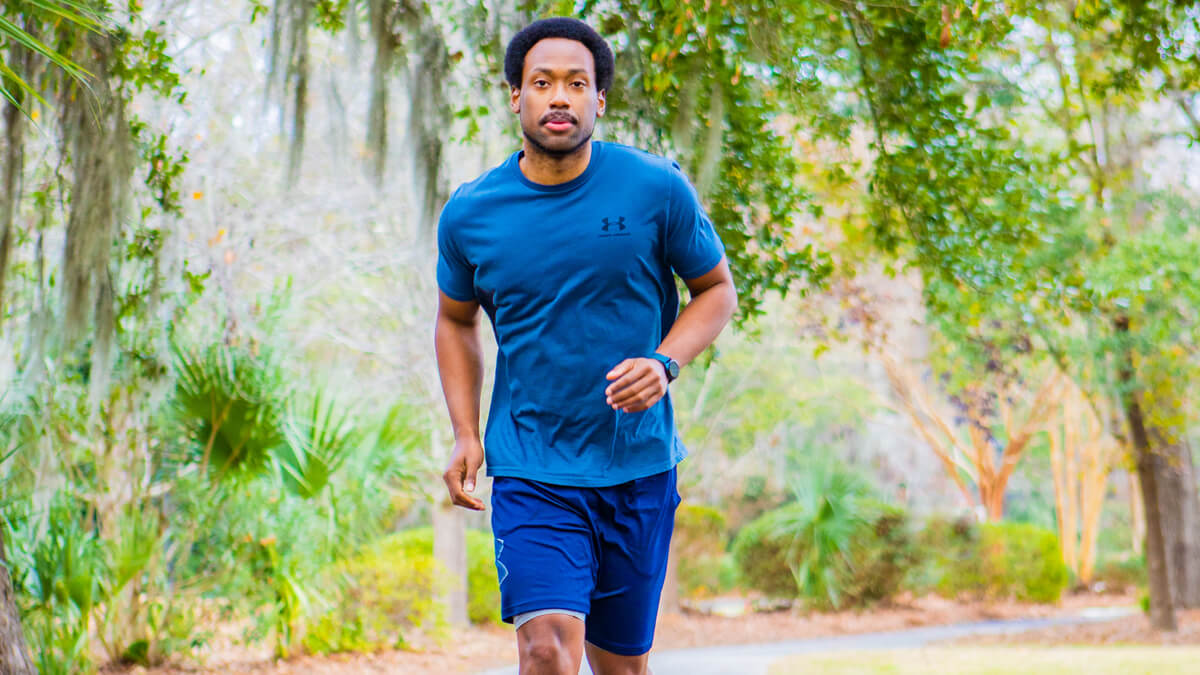In the 1970s, following the influx of non-Western worldviews and lifestyles during the late 1960s, Americans began embracing healthier routines, new diets, exercises and meditation practices. The pursuit of health became the norm for an ever-increasing number of people, many of whom made permanent changes to the way they did things and are now looking for options to maintain their fitness levels as they age.
We all know that as we humans grow older, our bodies are able to handle less physical stress and impact than when we were younger. However, we also know that it is imperative that we stay relatively active to maintain flexibility, bone and muscle strength, hand-eye coordination, and a multitude of other functions that are necessary for a properly working body and the independence that comes with it. According to the American Senior Communities website, seniors require at least 150 hours per week of heart-rate-elevating exercise to remain physically healthy.
Here is a list of some of the most common low-impact exercises that require little equipment and can be performed almost anywhere. It’s never too late to include a new pursuit that may increase your life span and make daily activities easier and more enjoyable.
Swimming
Swimming might be the best low-impact exercise available, considering there’s virtually no impact at all. While the limited amount of resistance water provides makes for a great calorie-burning workout, its buoyancy means no shock to joints, hands and feet or your neck or spine. According to Harvard Health Publishing, the average 155-pound person can burn around 216 calories during every 30 minutes of moderately paced swimming.
Tennis
Tennis is a great sport both socially and physically, and you can participate as a young child and far into old age. It increases aerobic capacities, lowers blood pressure, increases bone density, improves muscle tone and increases reaction time – and it’s fun. Tennis does not require much strength, but it will improve overall fitness. Better Health reported that an hour-long game of singles tennis burns 600 calories for men and 420 calories for women. All you need is a racquet, a ball and a court – where you can play for free in any number of neighborhoods or city facilities.
Yoga
Whether you are looking to preserve muscle tone, extend your flexibility or build your balance, yoga is the perfect activity for achieving all those goals. According to mayoclinic.org, not only can you achieve stress reduction and improved fitness through the regular practice of this ancient art, but “Yoga can help reduce risk factors for chronic diseases such as heart disease and high blood pressure. Yoga may also help manage low back pain, neck pain and menopause symptoms (and) might also help relieve symptoms of several chronic conditions, such as pain, chronic obstructive pulmonary disease, asthma, arthritis and insomnia.”
Walking
Considering it’s the first activity most of us learn that makes us truly mobile, walking might take the prize as the ultimate low-impact activity. It can be done nearly anywhere, it’s free and it requires almost no gear or special equipment. You don’t even need shoes to walk on the beach or in a grassy park. According to a healthline.com article published in November of 2018, the benefits of walking are myriad and include calorie burning, heart strengthening, lowered blood sugar, joint-pain reduction, improved immunity and mood, and improved muscle tone.
Dancing
Not only can dancing be a great low-impact exercise, it also is a fun and socially-engaging activity. Whether you are swaying and spinning at a concert or taking ballroom dancing classes at your local senior center, dancing can elevate your heart rate, tone your muscles, improve joint flexibility and even engage you mentally as you instinctively find creative ways to dance in the moment. The best thing about dancing? There are no rules. Make it up as you go, or learn a variety of structured dances at a school, community center or even from an online instructional video.
Seated Exercises
Seated exercises are a fantastic method of engaging in many fitness regimens that might be difficult for some to do while standing. Livestrong.com states: “The value of seated exercises is they add stability, which enables you to focus on isolated movement patterns or joint-specific work without worrying about balance…” Certain weightlifting routines for arms and shoulders, for instance, can be performed while seated, eliminating the need to focus on balance and allowing for more focus on the movement. Dumbbells, kettle bells and resistance bands all can be used to good effect while seated, and there are even leg lift routines and abdominal exercises that can be performed while seated, all of which can be done with very little impact to joints or the spine if proper posture is maintained.
Regardless of what stage of life you are in or what your fitness level may be, low-impact exercises will always have a place in any balanced fitness plan. The list we’ve provided is just a start – there are countless ways to stay in shape without subjecting your body to unhealthy levels of stressful impact. Just remember to always have fun.
By Dave Clucas







